A Monkey Meets a Seal Meets a Monkey Transcript
A note about this transcript: The Moth is true stories told live. We provide transcripts to make all of our stories keyword searchable and accessible to the hearing impaired, but highly recommend listening to the audio to hear the full breadth of the story. This transcript was computer-generated and subsequently corrected through The Moth StoryScribe.
Back to this story.
Matt McArthur - A Monkey Meets a Seal Meets a Monkey
I'm standing beside a hole. And inside the hole, it's cold and dark and there's no air. A lifelong fascination with Antarctica and a love of working underwater have collided, and I'm standing on the shores of Ross Island, about as far south as you can go and still work as a marine biologist.
I take my deep breath and step into the dark, cold, airless hole and descend through 3 meters of sea ice and 12 meters of sea to begin my work on the sea floor. And my task engrosses me. I know what I'm doing. I'm calm. So, long as I don't think too much about where I am and what I'm doing, I stay calm. And then, I feel the current go past. It gives me a bit of a knock. Normally, when I feel that, I think shark. But I'm too far south for sharks. I'm too far south for orca. It's cool. Nothing's going to eat me. [audience laughter]
I'm probably the biggest thing nearby. And then, I look up and there's a Weddell seal. I'm not the biggest thing nearby, the Weddell seal is the biggest thing nearby. 400 kg of seal has just swum over the top of me. Underwater, they look like a hot water cylinder, almost a perfect cylinder of blubbery meat. They do this neat trick where they look at you over their back, I can't quite pull it off. Big dark eyes to take advantage of what light is available. And it watches me as I watch it and then it touches the sea floor.
Now, we've brought our warmth and our oxygen to this spot by very different paths, both in terms of what we did that morning to prepare for this dive that brought us together, and in terms of the huge arc of evolutionary history that separates us all the way back to the last time our ancestors met. But the seal and I are watching each other, and I don't think the seal is watching where it's going and it hits the sea floor, and the sea floor is covered in anchor ice.
Now, we normally think of ice as floating, but anchor ice doesn't, because it's anchored. Ice just forms wherever it's cold enough for ice to form and anchor ice forms on the rocks of the sea floor. It is buoyant, it wants to float, but it can't until it reaches a size that it's able to loft the rock that it's attached to. So, sometimes you'll get a rock drifting past in the current, or sometimes it'll peel up like an old carpet. But in this case, it's been dislodged by the seal that wasn't watching where it was going, it was watching the monkey.
Anchor ice forms incredibly beautiful interlocking plates and facets. They're very delicate. So, as the seals hit it, this anchor ice has shattered. And under its own buoyancy, it begins to rise. It's rising in a shaft of light. The water that the seal and I are diving in is almost optically pure. It's probably the clearest water on earth. You could see for kilometers if there was light to see by, but there's not. The sea ice and the snow on top of it block the light.
And other than the hole that I came in through and the hole that I'm going to leave by, it's like someone's dropped a dark curtain through the water, black velvet. You can't see a thing, except underneath these holes with the bright sunlight of the Antarctic summer is streaming through this clear water, and these ice crystals are now rising into that shaft of light. This beautiful coruscating chandelier starts to loft. Each facet of the ice is catching that light and splitting it and rotating as it rises. And this incredible kaleidoscope is on the rise. It's the most beautiful thing that I've ever seen. I don't know if anyone else that can communicate with language has ever seen it.
While as a scientist, you train very hard not to anthropomorphize. You're not supposed to put human values onto the organisms that you observe. It's hard not to think that the seal might have gone out of its way to show me this, that it wasn't just an accident of navigation, that it's thought to itself, “Hey, monkey, watch this.”[audience laughter] It's almost impossible not to feel incredibly privileged to have shared this moment alone under the sea ice, but for this Weddell seal, and to feel grateful to that seal for what it showed me. Thank you.
